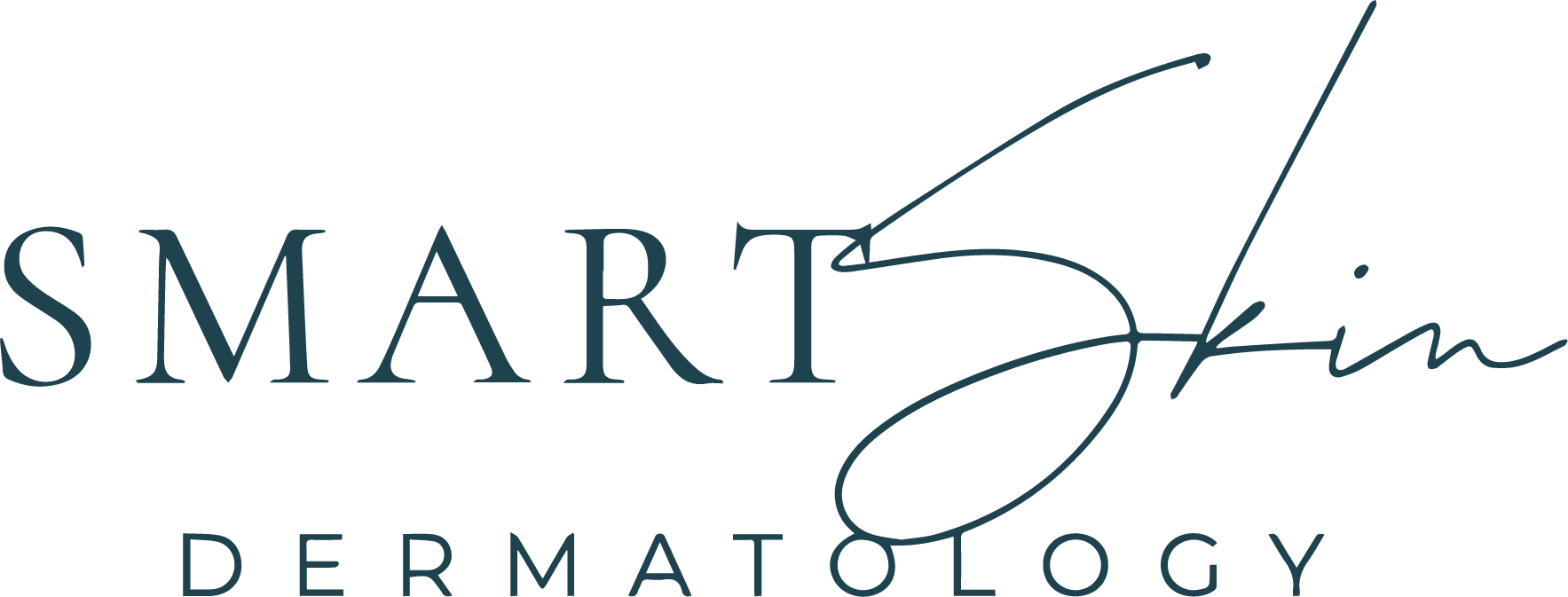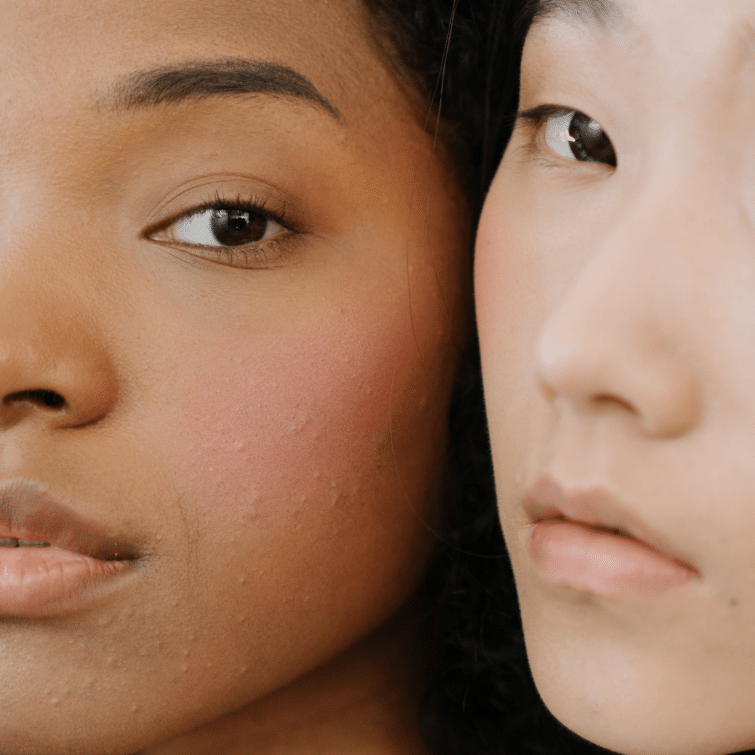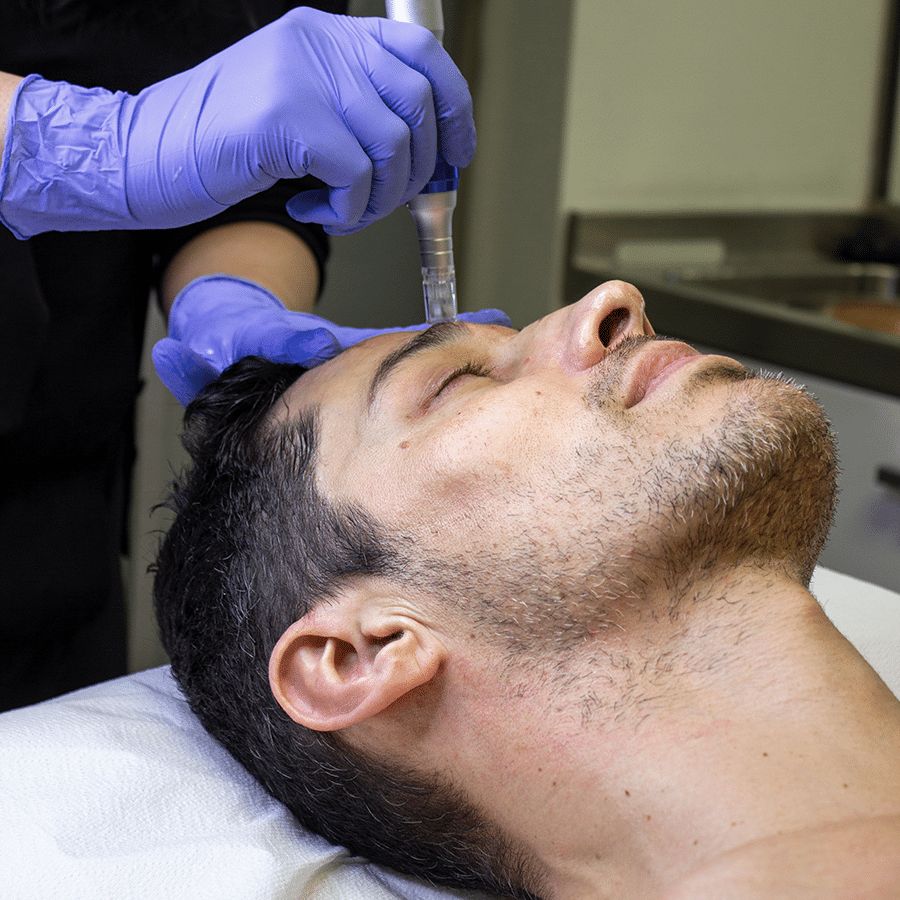Acne Scar Treatment in Lehi, Utah
Schedule Your Acne scar Appointment Today
Types of Acne Scars
-
Boxcar Scars
Most common acne scar. Wider, U-shaped scars with sharp vertical edges. Can vary drastically in size. A subtype of atrophic scars.
-
Ice pick Scars
Deep, narrow scars that resemble the marks left by an ice pick. A subtype of atrophic scars.
-
Rolling Scars
Wave-like depressions on the skin. Caused by fibrous scar bands tethering the skin down. A subtype of atrophic scars.
-
Hypertrophic Scars
Raised acne scars that form due to an overproduction of collagen during the healing process. They are more common on the chest, back, and shoulders.
-
Post Inflammatory Hyperpigmentation
Not necessarily a type of scar, but an optional characteristic of all acne scars. This plays an important role when considering treatment options.
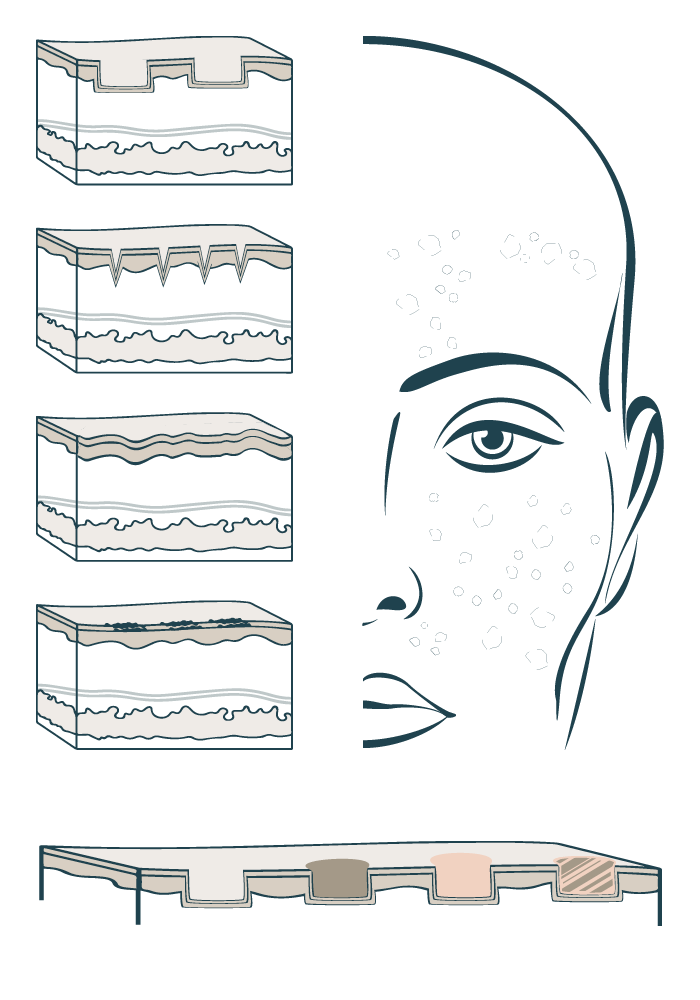
White
-
hypopigmentation
White
A lack of pigment. Scars will appear lighter than surrounding skin.
Brown
-
hyperpigmentation
Brown
More pigment from melanin. Scars will appear darker than surrounding skin.
Red
-
hyperpigmentation
Red
More pigment from hemoglobin. Scars will appear more distinct and inflamed than surrounding skin.
Red & Brown
-
hyperpigmentation
Red & Brown
Sometimes distinct with both colors clearly delineated. Other times it may appear as dark brown or purple.
What Causes Acne Scarring?
Acne Severity
Severity of the Acne:
Larger, deeper, and more inflamed breakouts are more likely to cause significant damage and subsequent scarring. Think of a major explosion causing more structural damage than a small firecracker.
Genetics
Genetics:
Just like some people are predisposed to certain skin conditions, genetics can play a role in how your skin heals and whether you're more prone to scarring.
Skin Type
Skin Type:
While all skin types can scar, certain skin types, particularly darker skin tones, are more prone to developing hyperpigmentation (dark spots) and keloid scars.
Duration of Inflammation
Duration of Inflammation:
The longer the inflammation persists, the more damage can occur to the collagen and surrounding tissue. Prompt and effective treatment of active acne is key to minimizing this.
Picking & Squeezing
Picking and Squeezing:
Manipulating pimples, no matter how tempting, significantly increases inflammation and the risk of pushing debris and bacteria deeper into the skin. This almost guarantees more damage and a higher chance of scarring. Think of it as making the "battle" even more intense and destructive.
How To Treat Acne Scars
The good news is that several treatment options exist for acne scars. The best approach depends on the type and severity of your scars.
Resurfacing to uneven skin
Treatments for pigment in scars
Specialized treatments to maximize results
Subcision for
TCA CROSS for
Dermal filler or saline for
Punch excision for
Remember, treating acne scars takes time and patience. Consistency with your treatment plan is key to achieving optimal results.
How To Prevent Acne Scars
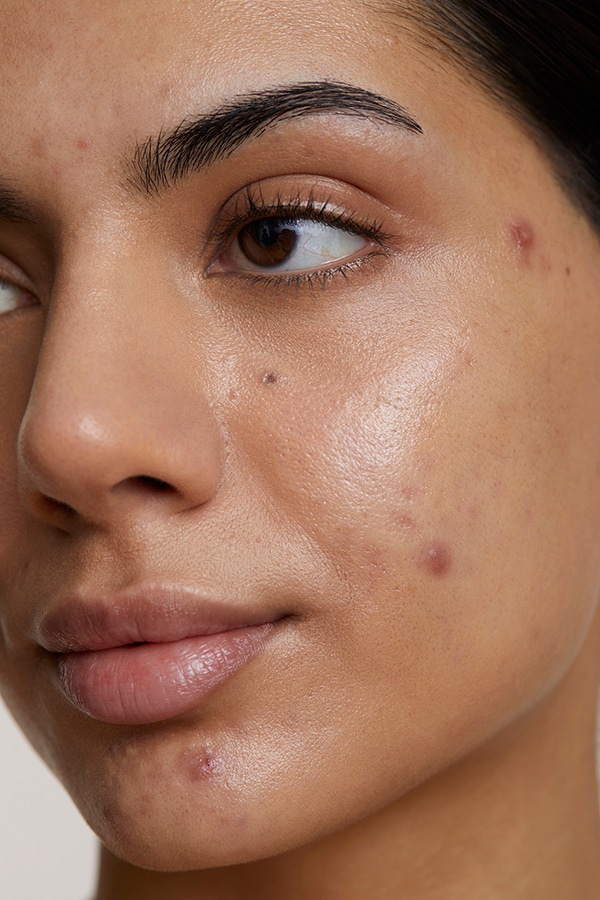
-
Treat acne early and effectively
Acne scars are usually the result of untamed teenage acne. Seeking professional treatment for your acne early on before its severe will help ensure scars do not form.
-
Avoid picking, popping or squeezing acne lesions
This can worsen inflammation, spread acne, and lead to deeper scarring.
-
Protect your skin from the sun
Sun exposure can worsen hyperpigmentation and increase severity of scarring during the healing process. Wear sunscreen every day.
-
Use an acne smart skincare routine
Choose products that are formulated for acne-prone skin and avoid harsh scrubs and irritants.
